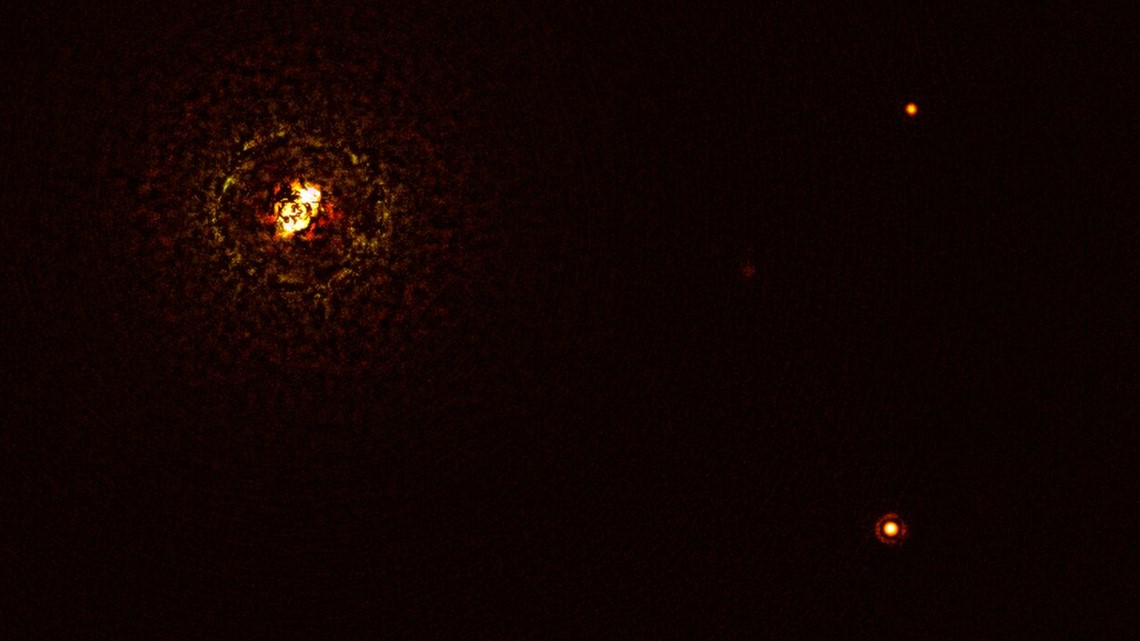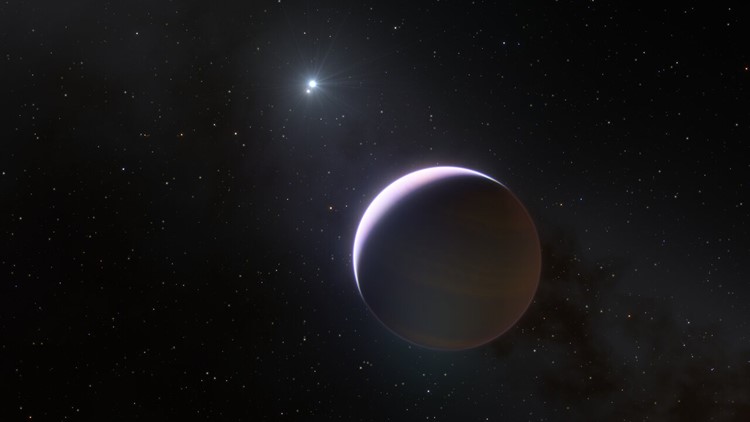Astronomers have discovered a planet 10 times the size of Jupiter -- Earth's largest neighbor -- in a solar system hundreds of light years away. But what got their attention was the fact that, based on what they've known up until now, the planet formed in a place it likely shouldn't have.
The European Southern Observatory said the planet, named b Centauri b, was found in a system with two suns -- called b Centauri -- located approximately 325 light years from earth in the constellation Centaurus.
The mass of the two stars is six times that of our own sun. ESO says it is, by far, the most massive system in which a planet has been found. Prior to this, planets were only found in systems where the star was three times the mass of our sun or less.


Here's why astronomers said they didn't expect a planet in that system. ESO said the main star is called a B-type star. It's three times as hot as our sun and emits large amounts of ultraviolet and x-ray radiation.
“B-type stars are generally considered as quite destructive and dangerous environments, so it was believed that it should be exceedingly difficult to form large planets around them,” Markus Janson, an astronomer at Stockholm University, said in a statement.


Everything, it seems, is bigger in that system. ESO said that not only is b Centauri b 10 times the size of Jupiter, it orbit is 100 times wider than that of Jupiter's orbit to our sun. That distance, the scientists say, could explain why it survived.
The study is published in the journal Nature.


